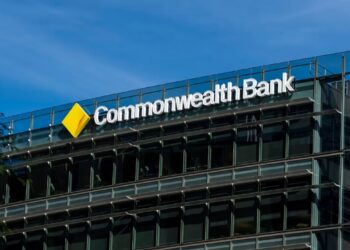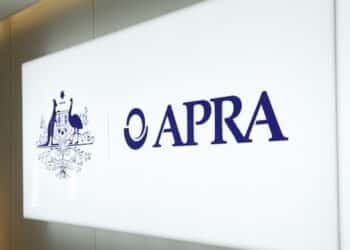The US Federal Open Market Committee (FOMC) lifted the funds rate target by 25 bps to 4.75–5 per cent during its latest meeting on Wednesday (22 March).
This came amid mounting uncertainty in financial markets, with observers previously anticipating a 50 bps hike, given the Federal Reserve’s hawkish outlook on inflation.
Fed chair Jerome Powell acknowledged continued inflationary pressures but said the market fallout from the collapse of three US banks — Silvergate Capital, Signature Bank, and Silicon Valley Bank — would likely result in tighter credit conditions for households and businesses.
According to AMP Capital chief economist Shane Oliver, the Fed’s “dovish hike” would further support expectations of a pause to the Reserve Bank of Australia’s (RBA) monetary policy tightening cycle.
“Prior to the banking turmoil coming along, the RBA was already considering a pause at the April meeting,” he told InvestorDaily.
“It was in the minutes [and] governor Philip Lowe referred to it several weeks ago.
“If they were considering a pause back then, now that we’ve got the banking turmoil, you can argue the case for a pause is stronger.”
Following the RBA’s March meeting, governor Lowe conceded the central bank was “closer to a pause”.
“We’ve done a lot in a short period of time and at some point, it’s going to be appropriate to sit still and assess the collective effects of that,” he told the AFR Business Summit on 8 March.
Lowe said the board would carefully assess key economic data to be released ahead of the next board meeting, including monthly employment, inflation, retail spending, and business indicators.
“If collectively, they suggest that the right thing is to pause, then we’ll do that. But if they suggest that we need to keep going, then we will do that,” he added.
“So, we’ve got a completely open mind about what happens at the next board meeting.”
Dr Oliver acknowledged these economic indicators would ultimately determine the RBA’s next move but adding banking volatility was a “big item on the check list”, given its impact on the flow of credit.
“Banking turmoil could lead to higher funding costs for the banks, and potentially higher interest rates anyway and slower lending,” he warned.
Meanwhile, ANZ and NAB economists continue to expect further tightening from the RBA in the coming months.
NAB Group Economics said its outlook remains unchanged, stating it continues to forecast a terminal rate of 4.1 per cent, with 25 bps hikes in both April and May.
The Commonwealth Bank and Westpac are expecting the cash rate to peak at 3.85 per cent, however, Westpac recently stated the RBA could pause in April before hiking later in the year.
Markets, however, are pricing in a pause, with the ASX’s Rate Indicator reporting an 89 per cent chance of an RBA pause in April.







